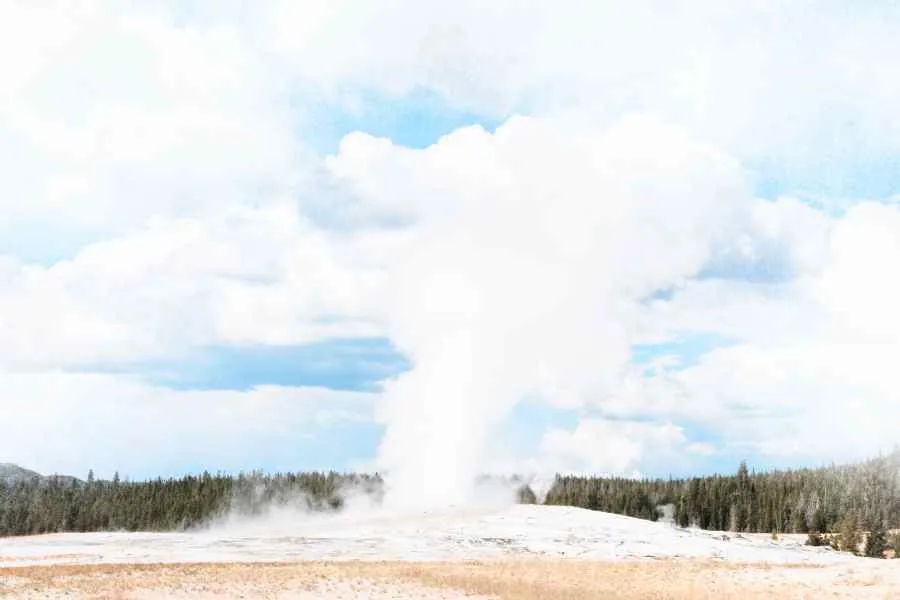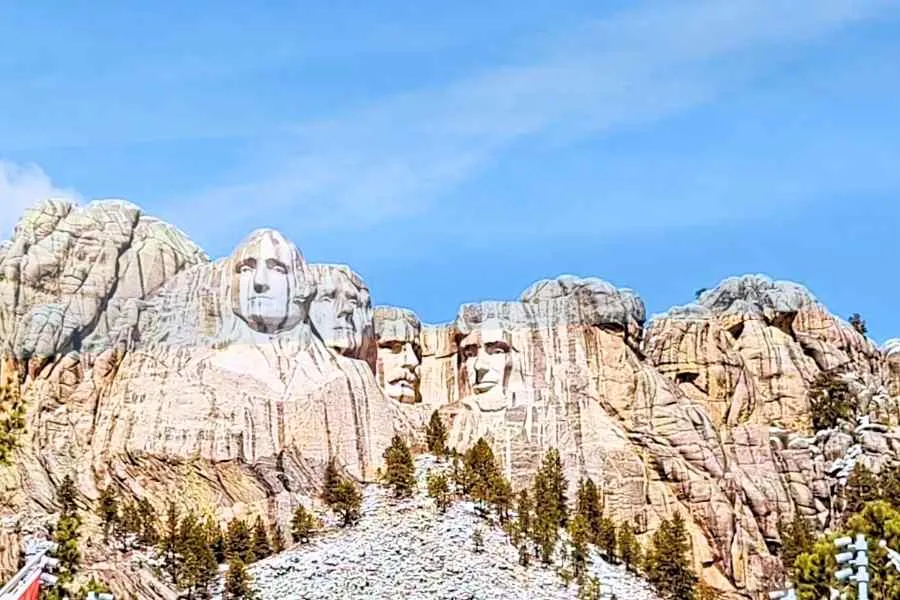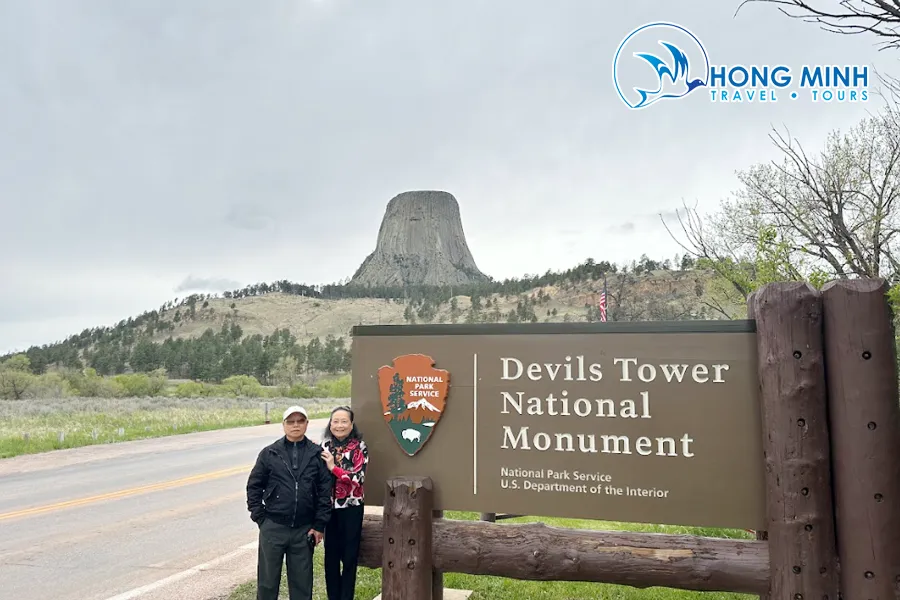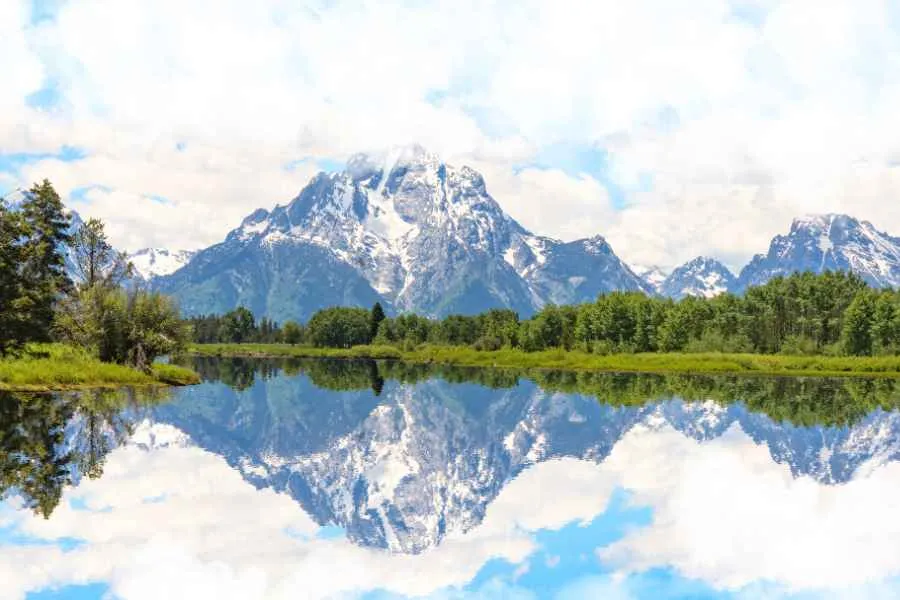Beyond the breathtaking landscapes of Yellowstone and Grand Teton National Parks, Wyoming holds another captivating chapter of history – the tale of its abandoned gold mines. These remnants are not merely vestiges of a bygone gold rush era but also silent witnesses to dreams of fortune, the ebb and flow of human destiny, and the harsh realities of the Wild West. Join “Du lịch khắp thế gian” (Travel the World) as we delve into the enchanting stories behind Wyoming’s abandoned gold mines, where history and nature converge, creating a unique journey of discovery.
In the 19th century, the gold rush swept across the American West, and Wyoming was no exception. Rumors of abundant gold veins lured thousands to this land, driven by hopes of striking it rich and conquering nature. Gold mining towns sprang up rapidly, fostering infrastructure and services, transforming desolate areas into bustling hubs. However, this prosperity was often short-lived. As gold reserves dwindled or gold prices fluctuated, mines were gradually abandoned, and towns faded into oblivion, leaving behind silent ruins amidst the wilderness.
The Booming History of Gold Mining in Wyoming
Gold mining history in Wyoming traces back to the mid-19th century, with initial discoveries in the South Pass area in 1842. However, the real gold rush didn’t ignite until the 1860s, with the discovery of larger gold deposits. South Pass City and Atlantic City emerged as pivotal gold mining centers, attracting thousands from across the globe.

The gold mines in Wyoming not only brought wealth to a select few but also significantly contributed to the region’s economic and social development. The gold mining industry generated jobs, stimulated trade and transportation, and helped shape Wyoming’s Wild West cultural identity. However, alongside the positives, gold mining also inflicted negative impacts on the environment and society, such as water pollution, deforestation, and conflicts between miners and indigenous peoples.
Traces of Abandoned Gold Mines – Witnesses to History
Today, remnants of the gold mining era are still visible throughout Wyoming, particularly in areas like South Pass, Atlantic City, and the Rattlesnake Mountains. Abandoned gold mines, with their dark mine shafts, piles of tailings, and dilapidated mining structures, evoke a sense of both mystery and desolation.

Exploring abandoned gold mines is not just a journey into gold mining history but also an opportunity to admire the unique beauty of the Western wilderness. Many mines are nestled in remote locations, amidst wild mountains or on high hillsides, offering stunning natural scenery and thrilling exploration experiences. Visitors can hike, climb, or mountain bike to these areas, enjoying the fresh air and uncovering the secrets of the past.
Ghost Towns – Echoes of the Gold Rush
The decline of gold mines often led to the demise of mining towns. When mines closed, residents gradually left in search of new opportunities, abandoning homes, shops, and public buildings. Many gold mining towns in Wyoming today have become ghost towns, desolate ruins reminiscent of a bygone era of prosperity.

Some famous ghost towns in Wyoming linked to gold mining history include South Pass City, Atlantic City, and Miner’s Delight. South Pass City, once a bustling gold mining center with thousands of residents, is now preserved as a historical site, allowing visitors to explore the lives of gold miners and town residents in the 19th century. Atlantic City, near South Pass City, is also a captivating ghost town with historic wooden houses and deserted streets. Miner’s Delight, another ghost town in the South Pass area, is renowned for its mine ruins and pristine natural setting.
Exploring Wyoming’s Gold Mine History Through Tourism
Today, exploring abandoned gold mines and related ghost towns is becoming a unique and appealing form of tourism in Wyoming. Visitors can join historical tours, hike to mine sites, or explore ghost towns independently. Some mines and ghost towns have been transformed into tourist destinations, featuring museums, historical sites, and historical reenactments.

Beyond historical exploration, visitors also have the chance to enjoy Wyoming’s wild natural beauty. Gold mining areas are often located near national parks, nature reserves, and other popular attractions, making it convenient to combine historical and eco-tourism. For example, the South Pass area is close to Grand Teton National Park and Yellowstone National Park, allowing visitors to easily combine exploring gold mining history with admiring magnificent natural landscapes.
Conclusion
The story of Wyoming’s abandoned gold mines is an integral part of America’s Wild West history. The mine ruins and ghost towns are not just material remnants of the past but also vivid narratives of human dreams, sacrifices, and resilience. Exploring these locations offers a unique travel experience, blending history, culture, and nature, helping visitors gain a deeper understanding of Wyoming’s past and diverse beauty. Let “Du lịch khắp thế gian” (Travel the World) accompany you on a journey to discover the stories of gold that have fallen silent, yet still resonate in the heart of the Wild West.